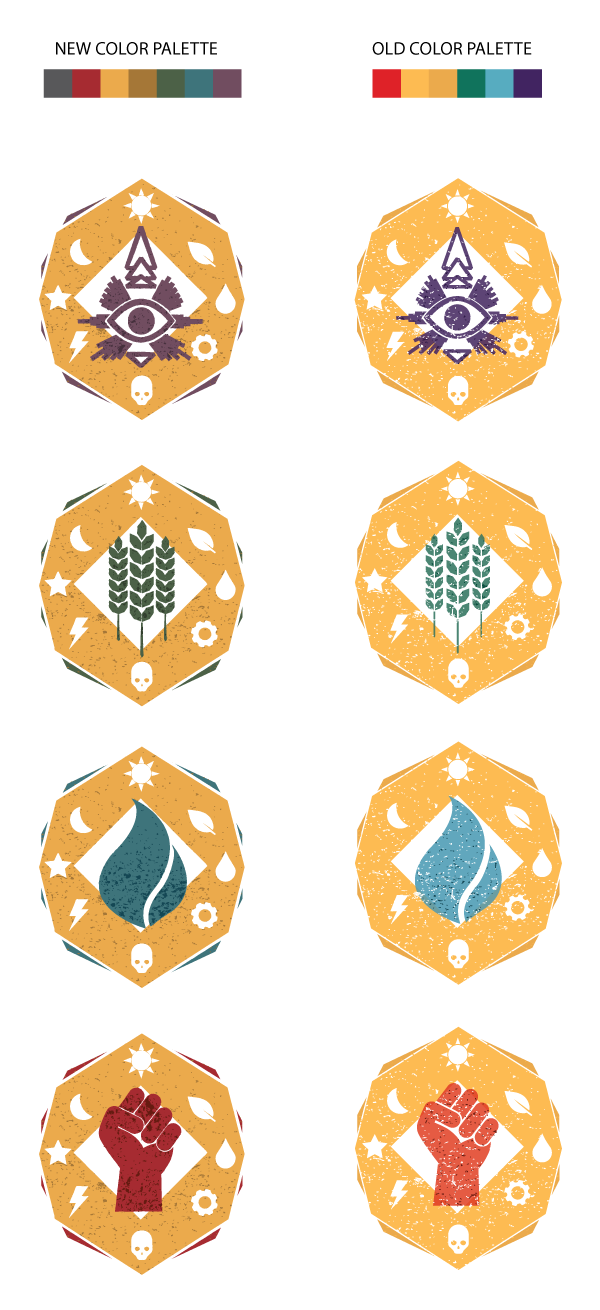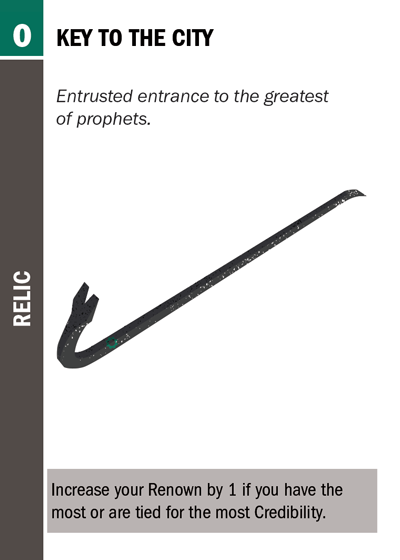Playtest Story – The Bloom of the Beasts
It’s the way of the fool to marginalize any living thing. Even the smallest, most chaotic ones can surprise you with their victory.
The legend said that there was a certain breed of survivors of the Darkness that did not hide from the terror of that time. In fact, they fed from it until their bodies were strong enough to set out and claim what was left of the world. They were small bands living from meager supplies, with stories told of mythic fire-weapons from the world before. To their disappointment they could find no traces of any in their hunts. They decided then that it was time to make their own weapons from what was left with no regard to the quality of the construction. Those that did find strong materials made deadly arms, such as the Red Crescent – a giant, oddly angled disc cut into the shape of the first sign of the moon.
One of the most dangerous threats to the Beasts was a time called the Prophets’ Culling. Many so-called seers of the future proclaimed of some good, but mostly horrible tidings. As a consequence, fear invaded the minds and hearts of the people. The Beasts became the scapegoats for the doom that fell out of the prophets’ mouths.
The iconoclasts from the Hammers of Light, in their mission to break down anything from the blighted past, smashed icons considered holy to the Beasts. The Water Runners casted out the rugged warriors into the raging seas when they encountered them on the coastline. The Beasts, however, were born from the calamity of an apocalypse – these new attacks were merely a scratch. Their numbers never faltered, and even in the most trying of moments found manners of survival.
In retaliation, the tribes of the Beasts joined together, and their sole prophet made a declaration:
The moon will bring us her strength in the form of a red bloom. We will harvest it, and from it will come the weapons of victory.
At first, many scoffed at the threat, but as the revolutions of the sun progressed and people became more complacent, the Beasts gathered their small army, each holding Red Crescents, and attacked. Shrines were cut down like chaff in wheat fields, icons were turned against their owners, and the Beasts bestowed on their opponents the mercy they had inflicted onto them. The Prophets’ Culling turned into the Bloom of the Beast. The Beasts made semi-permanent camps after that, knowing full well no one would have the nerve to attack them, and even to this day when one sees the moon turn red, they look off to the horizon hoping that they do not see the crescents coming their way.












